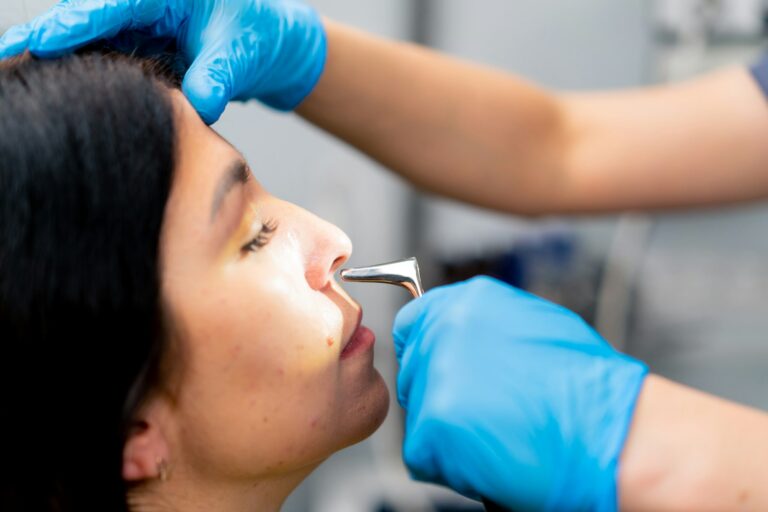The pictures we use in our articles might not show exactly what the words say. We choose these pictures to make you interested in reading more. The pictures work together with the words but don’t take their place. The words still tell you the important facts.
Death is a natural part of life that we all eventually face. While we may try to avoid it, death is inevitable. Upon passing, the body undergoes a series of remarkable changes, even after the heart stops beating. One of these intriguing processes is rigor mortis, where the muscles become stiff and rigid after death. Let's delve into the world of rigor mortis and explore the facts that surround this post-mortem phenomenon.
Understanding Rigor Mortis: A Closer Look
After a person dies, their muscles transition from being soft and flaccid to becoming firm and rigid during the rigor mortis stage. This process is a part of the body's natural progression towards death. Rigor mortis typically starts in small muscles such as those in the face, hands, and feet before spreading to larger muscle groups in the limbs. If the muscles are manipulated or stretched, their stiffness can be disrupted, allowing the body to progress to the next stages of decomposition.
Uncovering the Causes of Rigor Mortis
The Role of Chemical Changes
Rigor mortis is triggered by a series of chemical changes that occur in the muscles after death. While alive, muscles contract through the exchange of chemicals to facilitate physical movements. This process involves calcium ions interacting with actin and myosin filaments, resulting in muscle contractions. However, once the body ceases to receive oxygen, these chemical exchanges cease, leading to the muscles remaining contracted without relaxation. The absence of oxygen hinders the production of adenosine triphosphate, a crucial molecule for muscle relaxation, thereby causing the muscles to remain tense.
Influence of Temperature
While temperature does not directly cause rigor mortis, it plays a significant role in its onset. Warmer climates accelerate the chemical changes in the body compared to colder environments. Bodies in colder conditions may experience delayed rigor mortis, such as those found in freezing water. In most cases, rigor mortis sets in a few hours after death and can last anywhere from one to four days, depending on various factors.
Journey through the Stages of Rigor Mortis
The process of rigor mortis unfolds in six distinct stages, each providing valuable insights into the post-mortem timeline:
1. Absent
During this initial stage, the body still undergoes limited anaerobic respiration, and the muscles remain soft.
2. Minimal
Muscles begin to stiffen, with facial muscles often being the first to exhibit signs of rigor mortis.
3. Moderate
More muscles become rigid, signifying a loss of flexibility in the body.
4. Advanced
The majority of muscles in the body reach a state of stiffness and rigidity.
5. Complete
All muscles in the body become rigid, indicating the peak of rigor mortis.
6. Passed
Rigor mortis dissipates, allowing the body to progress to the next stage of decomposition.
Influential Factors in Rigor Mortis Progression
Various factors can impact the onset and duration of rigor mortis, influencing the post-mortem process:
Speeding Up Rigor Mortis
- Hot temperatures
- Exercise before death
- Electrocution
- Fever-induced elevated body temperature
- Presence of temperature-increasing drugs
Delaying Rigor Mortis
- Cold temperatures
- Death due to hypothermia
- Pneumonia
- Hemorrhages
- Nervous diseases
Practical Applications of Rigor Mortis
The phenomenon of rigor mortis has practical applications in the realms of food processing and forensic science:
Meat Industry Utilization
In the meat industry, understanding rigor mortis is crucial for ensuring the quality of meat products. Proper handling post-slaughter, including measures to prevent cold shortening, can enhance meat tenderness and palatability.
Forensic Investigations
Forensic investigators leverage rigor mortis to estimate time of death and gather crucial evidence in homicide cases. By examining the degree of muscle stiffness, investigators can approximate the timeframe in which the death occurred and pinpoint potential crime scenes.
With its intricate stages and underlying factors, rigor mortis serves as a valuable indicator in various fields, shedding light on the mysteries of post-mortem processes.
As we unravel the complexities of rigor mortis, we gain a deeper understanding of the intricate transformations that occur within the body after death. From its chemical underpinnings to its practical applications, rigor mortis offers a fascinating glimpse into the mysteries of mortality. Let's continue our exploration of the marvels of the human body, even in its final moments.


